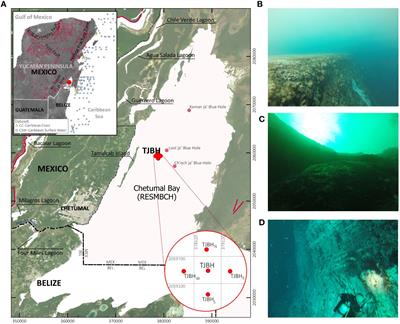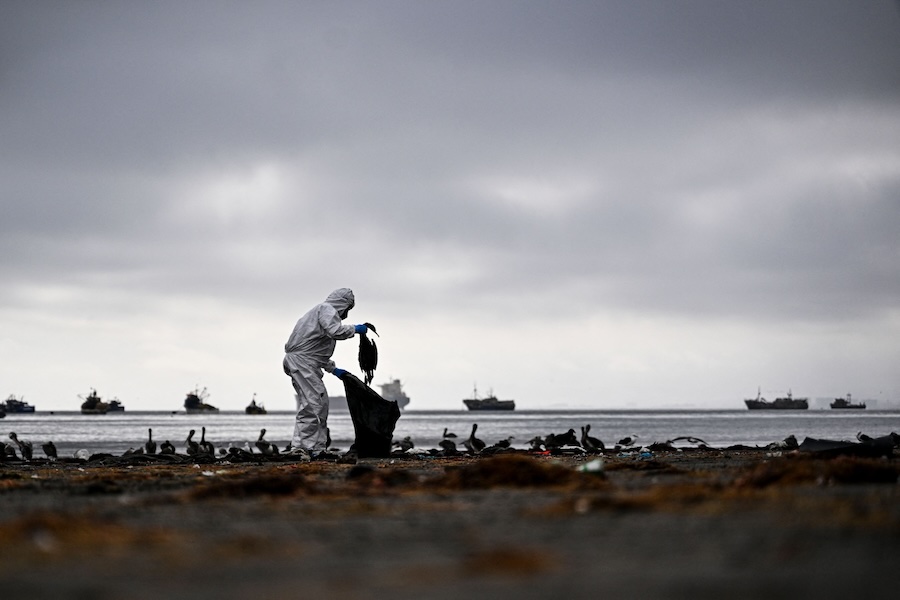
The Next Mass Extinction?
In August 2023 dead elephant seals washed ashore on beaches in Argentina. First a handful appeared outside Rio Grande, a coastal city on the eastern side of the Tierra del Fuego archipelago. The next day there were more. Then the sightings moved up the seaboard, from Rio Gallegos to the Chubut province to Rio Negro to Buenos Aires. Park rangers saw pregnant seals head toward the shore, seize up in the water, spasm, and drown.
Later that month, an Argentine veterinarian named Marcela Uhart traveled out to Península Valdés, a flat mushroom-shaped peninsula jutting into the Atlantic that serves as a popular seal breeding ground. Raised on a ranch in the pampas, Uhart has studied fauna in the region for nearly thirty years; she currently works in Patagonia for the University of California, Davis. Arriving at the peninsula, she found over a thousand dead seal pups, their bodies rotting into the sand. “It was surreal,” she told me last month. “The beach [was] filled with carcasses, scattered individuals, sick and dying, pups that were caught by the tide.”
It was quickly ascertained that the seals were dying after contracting the 2.3.4.4b strain of the H5N1 virus—a highly pathogenic, deadly version of the avian flu. (The “H” in the name corresponds to the hemagglutinin antigens that bind the virus to the surface of cells, the “N” to the neuraminidase proteins that help release the virus from infected cells.) The previous fall Peru’s Ministry of Health had reported pelicans sick with bird flu off the western coast of South America; in the winter researchers had found sea lions wasted on the Chilean shore. No one knew how the flu had traveled from one side of the continent to the other. Scientists theorized that it was passed through predation or waste, or physical proximity to sick animals, but the specific mechanisms of promulgation were unclear. On Punta León, a sharp cape below Península Valdés, the beach was strewn with dead terns, even as seagulls picked at the bodies, seemingly unaffected. Some had pulled lifeless creatures into their nests to use as cushions.

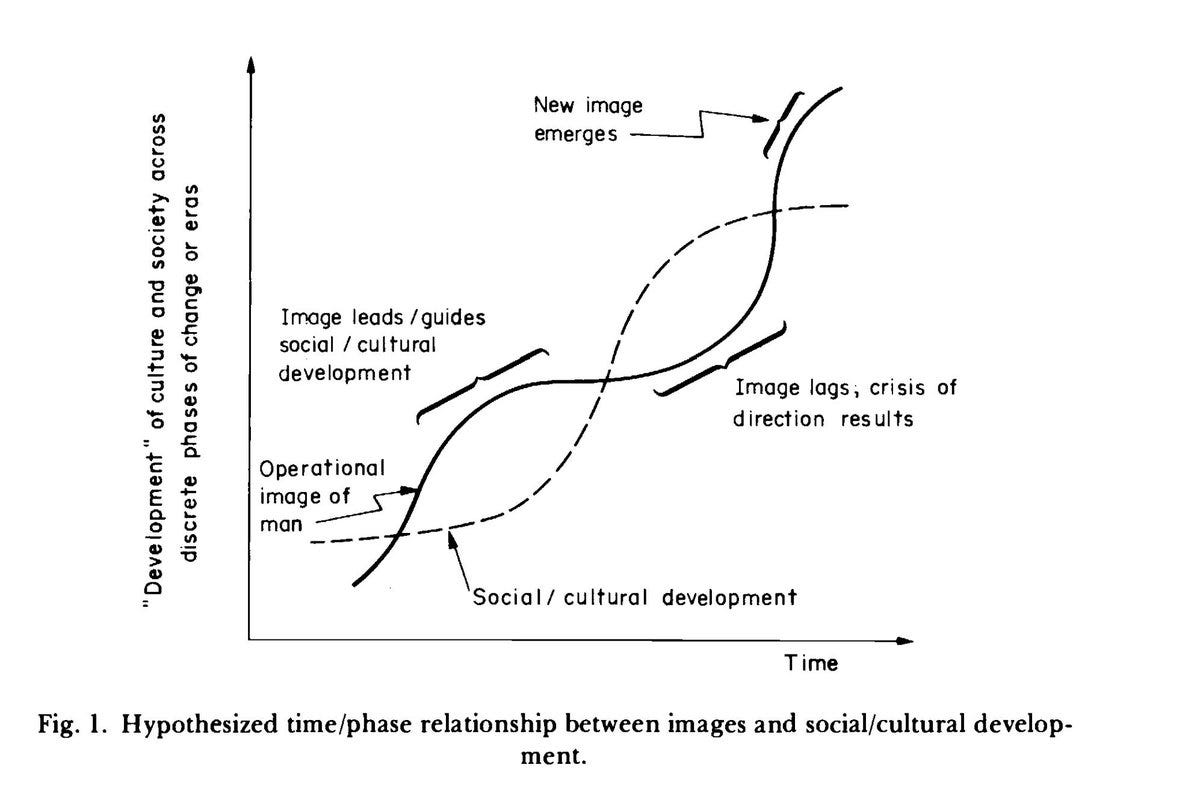
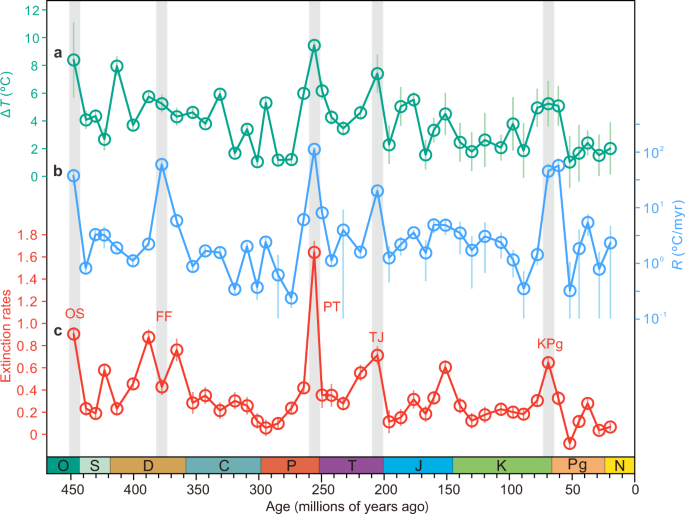

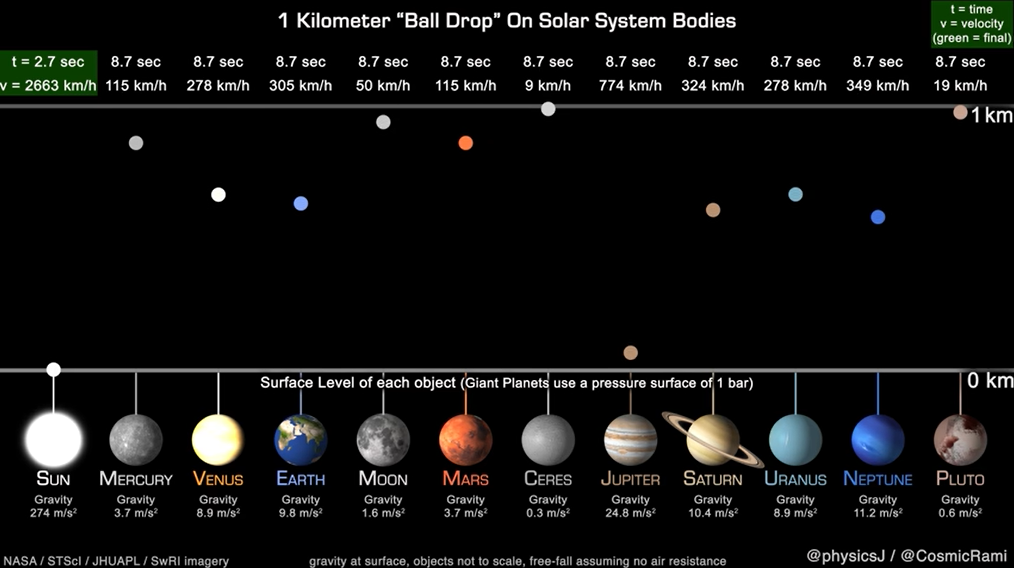

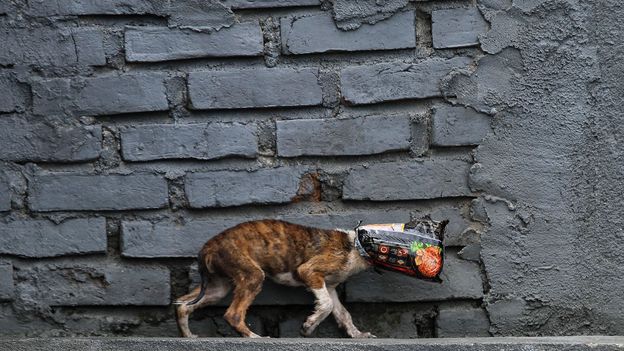


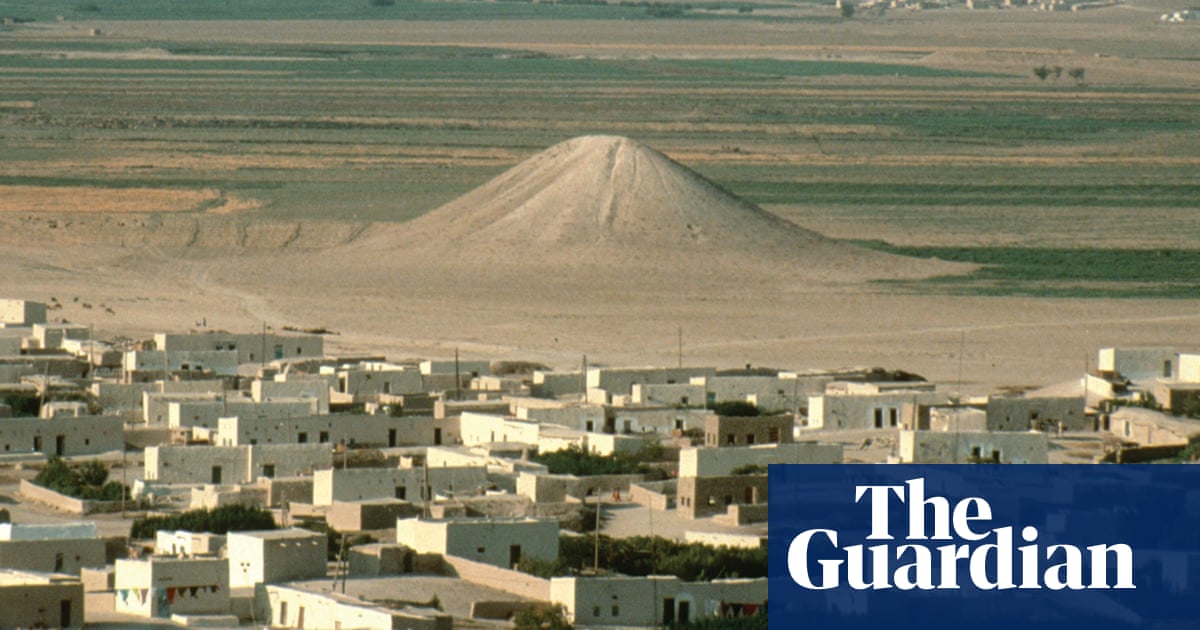

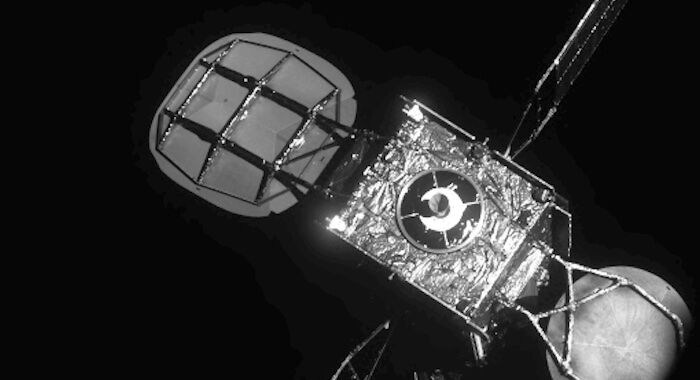


/cdn.vox-cdn.com/uploads/chorus_asset/file/25415491/DSC08587.JPG)




